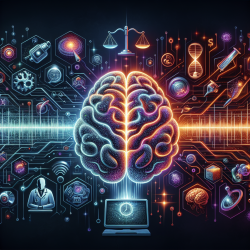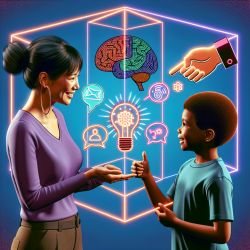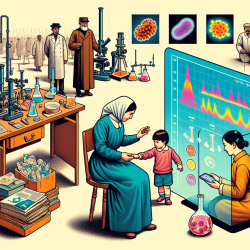Introduction
In the rapidly evolving field of neuroscience, the integration of machine learning (ML) with intracranial electroencephalography (iEEG) is paving the way for groundbreaking advancements in understanding brain function. The systematic review titled "Decoding Intracranial EEG With Machine Learning: A Systematic Review" provides an in-depth analysis of how ML techniques are being applied to iEEG data, offering new insights into neural activity and potential clinical applications in neurosurgery.
The Power of Machine Learning in iEEG
Machine learning, a subset of artificial intelligence, has shown significant promise in decoding complex neural signals captured by iEEG. By leveraging large datasets, ML algorithms can identify patterns that are not readily apparent to human experts, thus enhancing the interpretation of iEEG data. This capability is particularly valuable in the context of neurosurgery, where precise interpretation of neural activity can inform critical clinical decisions.
Clinical Applications: Seizure Analysis and Beyond
The review categorizes the clinical applications of ML in iEEG into four main domains:
- Seizure Analysis: ML algorithms have been used to predict and detect seizures with high accuracy, offering the potential to improve patient outcomes in epilepsy management.
- Motor Tasks: By analyzing iEEG data, ML can help decode motor intentions, which is crucial for developing advanced neuroprosthetics and brain-computer interfaces.
- Cognitive Assessment: ML techniques are being explored to assess cognitive functions, providing insights into brain processes related to memory and learning.
- Sleep Staging: ML can automate the classification of sleep stages, aiding in the diagnosis and treatment of sleep disorders.
Supervised vs. Unsupervised Learning
The review highlights that supervised learning algorithms, which use labeled data to train models, are the most commonly employed in iEEG studies. These algorithms, such as support vector machines (SVM) and artificial neural networks (ANN), have demonstrated high accuracy in classifying iEEG signals. However, unsupervised learning, which does not rely on labeled data, also holds potential for uncovering novel patterns in neural activity.
Challenges and Future Directions
Despite the promising results, the application of ML in iEEG faces several challenges. The need for large, high-quality datasets is a significant barrier, as is the "black box" nature of some deep learning models, which can obscure the decision-making process. Future research should focus on developing explainable ML models and creating centralized databases to enhance data availability.
Conclusion
The integration of machine learning with intracranial EEG data represents a significant advancement in the field of neuroscience. By improving the accuracy and speed of neural signal interpretation, ML has the potential to transform clinical practices and enhance patient outcomes. Practitioners are encouraged to explore these technologies further and consider their implementation in clinical settings.
To read the original research paper, please follow this link: Decoding Intracranial EEG With Machine Learning: A Systematic Review










